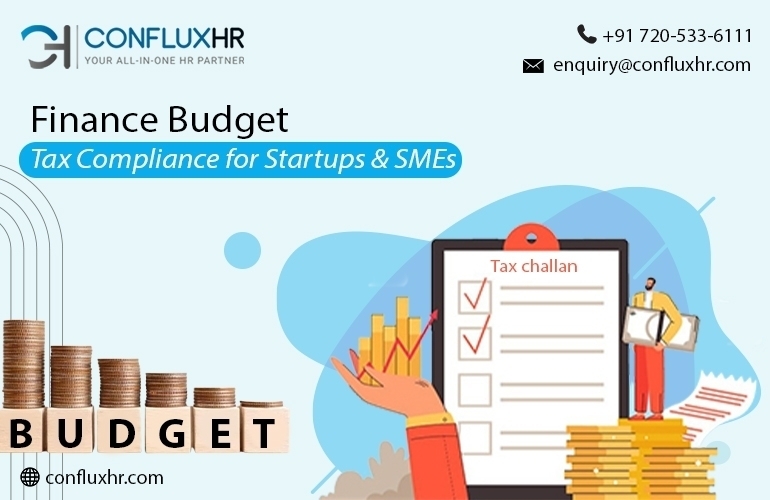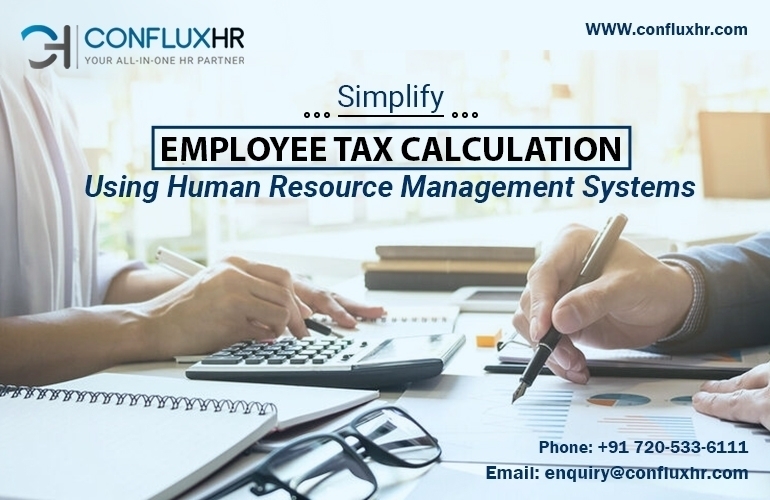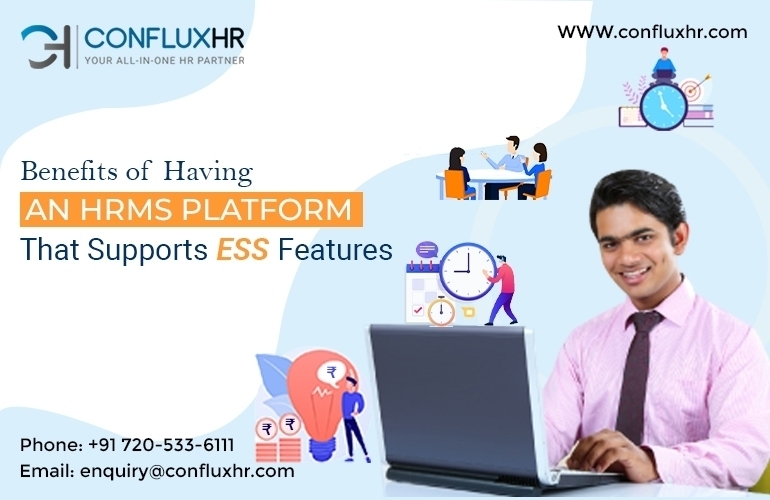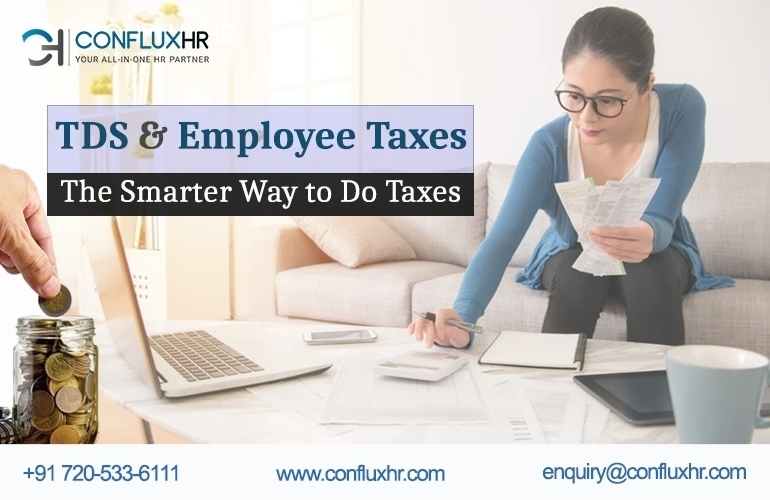India’s workplace scenario is undergoing rapid change. Retaining and upskilling employees are essential to employee retention and organizational success.
Businesses in all sectors should give skill development priority. Those who do so have a better chance of remaining competitive. Skill development is essential for the following reasons:
- Keeping the Best Talent
- Increasing Involvement & Output
Employee Skill Development Through Reskilling & Upskilling
Training employees to gain additional skills or enhance existing ones is referred to as reskilling and upskilling. Nonetheless, these abilities must be pertinent to their present or anticipated job duties.
Companies can give employees a chance to develop professionally. They can show their dedication to skill development by doing this. Such an action significantly influences employee engagement and retention.
What is Employee Skill Development?
Employers must make their workers feel supported and respected. Long-term retention rates are higher for employees who the company recognizes. Moreover, employee skill development can help a business flourish.
Employees can efficiently perform the following as they pick up new abilities and knowledge:
- Tackle challenges
- Improve Their Methods
- Boost operational effectiveness
- Better Prepare for Market Change or Disruptions
Businesses that engage in employee training are better positioned to navigate the shifting business landscape. They also have a higher probability of emerging as industry leaders.
The Need for Employee Skill Development
Novel technologies and business concepts are being developed. As a result, there is frequently a need for more skilled workers who can successfully operate them.
One advantage of reskilling and upskilling is that it allows you to cover significant skill shortages in your staff. Businesses may ensure the talent they require to stay ahead of the curve by investing in their employees’ development.
Furthermore, it can assist businesses in addressing the skills crisis that several industries are currently experiencing.
Do you wish to manage employee skill development systematically and efficiently?
Companies can take advantage of technology that combines performance management with practical learning and development. Businesses can use HR Software to do the following:
- Implement Focused Training Programs
- Set & Track Goals and Objectives
- Provide Performance Feedback
- Identify Skill Gaps
Furthermore, HR software can offer insights into employee performance and development. It can help companies find areas where they can improve.
HR software may give workers a fun and dynamic learning environment. The training procedure is more entertaining and efficient thanks to such technologies. As a result, technology can be used to manage employee growth successfully.
Businesses can implement targeted training opportunities, provide ongoing performance feedback, and foster a culture of lifelong learning by utilizing technology.
A comprehensive HR Software – ConfluxHR aids organizations in streamlining their HR procedures. By using our HRMS, businesses can improve productivity and employee engagement.
ConfluxHR’s learning and development management module is one of its standout features. It is intended to enhance employee skill development in an organized way for businesses.
The seamless integration of the L&D and Performance Management Module enables businesses to monitor and assess worker performance concerning their goals.
ConfluxHR gives companies the ability to achieve the following through the integration of these two modules:
- Identifying Skills Gaps
- Create Focused Training Initiatives
- Assist Staff in Enhancing Performance
- Achieving Overall Career Objectives
The learning and development management module of ConfluxHR also includes the following features:
- Monitor Employee Progress
- Give Feedback & Support
- Honour and Reward Accomplishments
- Develop a Culture of Ongoing Learning & Development
All of the following are essential for employee engagement and retention.
Moreover, ConfluxHR’s learning and development management module is designed to be flexible and adaptable. It enables businesses to provide training programs that are accessible and engaging. The module includes a variety of learning tools and resources.
The flexibility and adaptability of the module also enable businesses to create training programs that are engaging and accessible for employees, creating a culture of continuous learning and improvement that benefits both the employees and the company as a whole.











